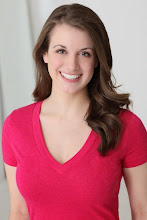All of the wide shots engage you and pull you in even more. The first couple of times these types of shots happened I kept expecting the camera to zoom in really fast and show something gory and terrible, which is what would probably have happened in any other horror movie. It also gives this feeling of being watched. When the shots are close-ups on the actors face you feel like you're invited to be in the scene with the actors because you almost get the real perception of what the other characters can see based on how close they are standing. But when it's farther away you feel removed, like you're spying on the characters and you weren't invited.
In AP Psych we're learning about learning and how we learn through associations. The use of sound appeals directly to that. Since the director isn't going to appeal to our visual senses with blood and gore, they instead appeal to our hearing. We see a guy hanging upside down with red staining the snow underneathe and the sound of pouring liquid makes us automatically think that the guy just had this throat slit open. The sound could have been water pouring into a bathtub or juice coming out of a jug, but since we've experienced sound affects in movies before, and since we see the red in the snow, our brains put all the information together to come up with blood.
I think the second plot point is when Oskar slits his hand open in front of Eli. That causes her to thirst for blood, to lick it off the floor, and for him to figure out that she's a vampire. Their relationship and the story continues because of his ability to come to accept the fact that she's a vampire.
Wednesday, December 2, 2009
Subscribe to:
Post Comments (Atom)

I totally agree with your conception of close and far away shots. It feels weird watching the movie from far away becuase you feel as though your creaping around where you're not supposed to be.
ReplyDelete